Kazakh Food: Basic Overview
Common Ingredients
Common Cooking Methods
Courses
Meals
Key Taste
Eating Etiquette
Meal Presentation
Culinary Festivals
Influence and Fusion
Popular Types of Kazakh Food
-
Charcuterie and Cheese Boards
In Kazakhstan, these often feature traditional meats cut into bite-sized pieces.
-
Bread and Dough
Kazakh bread and dough items are often fried and served as a staple accompaniment to meals or as celebratory treats.
-
Soups
Kazakh soups are hearty and rich, often made with meat and flavored with little spices
Kazakh dishes are specialties widely enjoyed by the Kazakh communities in Kazakhstan and other small groups across Central Asia. Furthermore, these foods are deeply rooted in the nation’s nomadic heritage.
Commonly, dishes from Kazakhstan revolve around mutton and horse meat, as well as a variety of milk products. Also, the nomadic way of life significantly influences how people cook up foods and ingredients, as locals usually strive to preserve their dishes as long as possible.
Meat is the main choice for Kazakh cooking, and it involves boiling. Instead of regular cattle, Kazakh people prefer horse meat and mutton using local spices and herbs.
These dishes of Kazakhstan are simply intriguing to look into, especially when they come with fascinating facts about origins, ingredients, and some accompaniments. Plus, some of these specialties are crucial to Kazakhstan.
When you have finished all the Kazakh food items, I suggest having a look at the features that make Kazakh dishes special. After that, make sure to learn more about the types, ingredients, and drink pairings of Kazakh delicacies.
17 Popular Kazakh Dishes with Filters
Dive into the world of Kazakh dishes while also utilizing the filter system to see these specialties in alphabetical order, dish types, ingredients, cooking methods, tastes, and worldwide popularity.
Plus, I’ll guide you to the culinary styles of Kazakhstan with options like the most popular, national, and traditional specialties:
Beshbarmak
- National
- Traditional
Beshbarmak is a delicacy of Central Asian cuisine, often consumed using their hands. This dish is traditionally presented on expansive communal platters.
Known by various names such as naryn, turama, dograma, kullama, and more across different regions, its ingredients include boiled meat combined with egg noodles, and chyk, an onion sauce.
Also, beshbarmak is customarily preceded by shorpo, a mutton broth appetizer, and succeeded by ak-serke, a broth blended with kymyz or ayran.
Pilaf
- Traditional
Pilaf is a traditional dish in Kazakhstan, combining meat with carrots, onions, garlic, and rice. This rice staple is often prepared during gatherings, celebrations, and traditional events to mark the occasion’s significance.
Furthermore, Kazakhstan locals like pairing pilaf with dishes like “besbarmaq”, which consists of boiled horse or mutton meat.
Qazı
- National
- Traditional
Qazı is a traditional horse sausage embraced by Kazakhs, Bashkirs, Tatars, Kyrgyz, Uzbeks, and other Turkic or Central Asian communities.
This special sausage is a common item on the dastarkhan, a table arranged for celebratory feasts in Kazakhstan.
Typically crafted from horse meat, the meat goes through a process of blood drainage, salting, seasoning with pepper and garlic, and then encased in intestines.
Usually, Kazakh people savor qazı cold or with accompanying dishes like plov or beshbarmak. In Kazakhstan’s mountainous terrains, venison can be the choice of meat for qazı.
Kuurdak
- Traditional
Kuurdak is a meat dish originating from the communities of Kazakhs, Kyrgyz, Uzbeks, Turkmen, and Uyghurs. The name “kuyrdak” is derived from a nominalization of the terms “roast” or “fried”, illustrating its preparation method.
Typically, kuurdak consists of lamb, mutton, beef, or sheep liver and is occasionally complemented with vegetables like onions, tomatoes, peppers, potatoes, and carrots.
The cooking process involves searing the meat with diced vegetables in a large pot over an open flame or in a skillet until it turns brown. Then, locals gently simmer the mixture with broth, spices, and herbs for a tender experience.
Manti
- Traditional
Manti is a kind of dumpling traditionally consumed in Kazakhstan, Turkey, and Central Asian regions. These dumplings are mainly created from a spiced meat blend, lamb or ground beef, enveloped in a thin dough sheet.
Then, this dumpling is subsequently boiled or steamed. In Kazakhstan, people often use minced lamb to make the filling. Manti has many different shapes, often sold as a street food item.
Laghman
- Traditional
Laghman is a traditional noodle soup creation in Kazakhstan, featuring meat, vegetables, and pulled noodles. Especially popular in Kazakhstan, laghman is considered a national dish of the local Uyghur and Dungan (Hui) ethnic minorities.
The dish is prepared with lamb or beef, combined with various vegetables such as eggplants, Bulgarian peppers, potatoes, and radish.
Inspired by Chinese lamian, laghman appears to be an adaptation of Han Chinese noodle dishes, yet its flavor and preparation methods remain distinctly Uyghur.
Sorpa
- Traditional
Sorpa is a classic soup or stew of Kazakh cuisine, crafted from lamb meat and broth.
This hearty soup is paired with bread, rice, or noodles and often complements beshbarmak.
To enjoy sorpa, locals use a spoon or simply dip bread into the flavorful broth. Wide pasta or noodles are often cooked in sorpa’s broth, after which the meat is reintroduced to the pot.
As a finishing touch, the soup is adorned with fresh herbs like parsley and chives before serving.
Nauryz Kozhe
- National
- Traditional
Nauryz kozhe is one of the oldest dishes in Kazakh cuisine that is still traditionally consumed in the country. This national food is an indispensable option for the Nauryz holiday on March 22.
A standard portion of nauryz kozhe consists of milk, oil, millet, rice, raisins, corn, and horse meat. Kazakh people enjoy this lovely holiday treat during the New Year with the hope of bringing good luck and wealth to their families in the following year.
Baursak
- Traditional
Baursak is a traditional fried dough recognized as bawïrsaq in the Kazakh and Bashkir languages. These dough balls are crucial for the dastarkhan meal.
Once prepared, the dough is segmented and deep-fried in hot oil until it achieves a golden hue. There are variations where baursak is enriched with kaymak, a clotted cream.
Often relished as a dessert, it’s paired with syrups, jams, or honey. Additionally, people dip baursak in tea or savor it alongside sorpa.
Shelpek
- Traditional
Shelpek is a traditional flatbread in Kazakhstan. The dough is molded into balls and flattened for deep-frying in hot oil until it achieves a golden hue.
Some variations incorporate yeast to prolong the dough’s soft texture. In Kazakhstan, shelpek is important on Fridays, the sacred day in the Muslim world, and is made to commemorate the departed.
Typically served in the afternoon alongside tea, shelpek pairs delightfully with cheese, jam, or sour cream. Additionally, it complements various stews and curries.
Qatlama
- Traditional
Qatlama is a fried layered bread notably found in countries like Kazakhstan, Kyrgyzstan, and Central Asian regions. The term “Kattama” translates to “folded” in Turkish, aptly describing the technique of repeatedly folding the dough prior to frying.
Depending on regional preferences, qatlama is served as either a dessert or a savory treat, contingent on its fillings and toppings. This fried layered bread goes by various names and interpretations, including katlama, katmer, qatlama, and qator gambir.
Tandyr Nan
- Traditional
Tandyr nan is a traditional snack option in Kazakhstan, having a recognizable disc shape. This delicious bread is a Central Asian version of the famous naan bread from India cooked in a tandyr (tandoor oven).
Aside from the disc shape, tandyr nan also comes with a signature stamp pattern. In various regions, it has many other names, such as tandir non, tonur non, and patyr nan.
Kurt
- National
- Traditional
Kurt is one of Kazakhstan’s national dishes, traditionally made from the milk of goats, cows, sheep, or camels. It appeared in Kazakhstan in the Middle Ages and became an essential snack in the daily meals of Kazakhstan people.
This type of fermented cheese comes in small balls, possessing an intense salty taste due to its high salt content. The cheese is an additional element for adding to stews, soups, or salads in Kazakhstan.
Zhal
- Traditional
Zhal is a smoked lard derived from a horse’s neck, celebrated as a traditional delicacy in Kazakh cuisine and among other Central Asian nomads. This treat is typically savored as an appetizer or snack, accompanied by bread or cheese.
With its salty and smoky undertones, zhal requires salting the lard from the horse’s neck and then smoking it over several days.
One of its notable attributes is its longevity without the need for refrigeration, making it particularly appropriate for the nomadic way of life.
Orama
- Traditional
Orama is a traditionally steamed pie in Kazakhstan, with the term “orama” derived from the words “to roll” or “to wrap”. The dough for orama is crafted from simple ingredients like flour, water, and salt.
Once kneaded, it’s rolled out thinly, ready to be layered with a filling. This filling includes minced potatoes, meat, animal fat, and occasionally minced pumpkin or other vegetables.
After spreading the filling, the dough is rolled around it in sections, forming long, thin wraps. These wraps are then arranged in a circular pattern within steamer pots and steamed.
Irimshik
- Traditional
Irimshik is a traditional sweet cottage cheese cherished in Kazakh cuisine. Making irimshik often involves boiling unskimmed milk and adding sour cream.
The cheese boasts a reddish-golden hue, leading to its alternative name, “kyzyl irimshik”, which translates to red. Irimshik possesses a naturally sweet flavor, even without incorporating sugar.
This cottage cheese is often savored as a snack or dessert, paired with bread or drizzled with honey. Additionally, irimshik serves as an ingredient in other culinary creations, such as shelpek.
Zhaya
- Traditional
Zhaya is a traditional food in Kazakhstan created using horse meat from the hind leg and hip section. Usually, horse meat will be salted and smoked to bring out the meat’s salty taste and rich flavor.
Before serving, the chef will boil meat at a low temperature for about 2 to 3 hours. After that, the meat will have a certain tenderness.
People often feature zhaya as snacks or appetizers, making the horse meat dish a popular feature of a traditional Kazakh meal.
What Makes Traditional Kazakh Dishes Famous?
Traditional Kazakh cuisine is deeply rooted in the nation’s nomadic heritage and primarily focuses on ingredients like mutton, horse meat, and various milk products to produce various types of dishes and accompanying drinks.
Central to Kazakh cuisine are mutton and horse meat. Usually, locals serve meat in large, uncut pieces, with boiling being the most common way of cooking.
In terms of bread varieties, the country is inspired by many flatbreads from surrounding countries after flour was introduced.
Snack and dessert-wise, the people in Kazakhstan adore many dairy creations, whether they’re incorporated with flour or not.
In Kazakhstan, many dishes are affected by the nation’s nomadic way of life, with many cooking techniques aimed at long-term food preservation. This includes practices like salting and drying the meat to create various versions of dishes using the many main ingredients.
Next, explore the Kazakh dishes that locals often pair with drinks that make up a whole meal experience.
How Are Kazakh Traditional Dishes And Drinks Typically Paired?
Kazakh traditional foods and drinks are typically paired in a way that complements the flavors and textures of the dishes.
In the case of tea, it is consumed with sweets, bread, or baursaks, as the warmth and mild bitterness of the tea contrast nicely with the sweetness or saltiness of the accompanying snacks.
Alternatively, alcoholic beverages in Kazakhstan have a low alcoholic content, usually paired with meat-based foods. Interestingly, people also drink alcohol without any food pairings.
What Kazakh Dishes to Pair with Beverages?
When it comes to dishes in Kazakhstan, what better to pair them with the right Kazakh drink options to elevate the overall flavors:
When you’re done reading, spread these Kazakh dishes to others around you to introduce them to new flavors that they have never known. Plus, you should share your thoughts with others in the comment section.


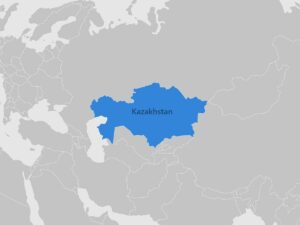
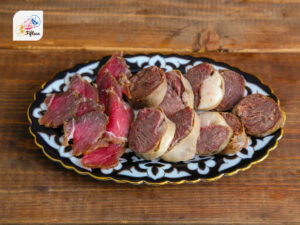
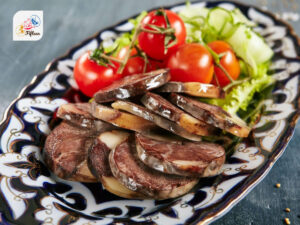
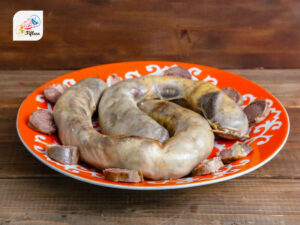
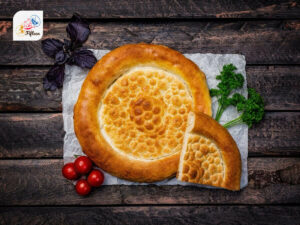
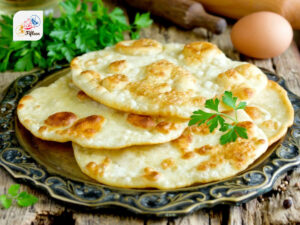

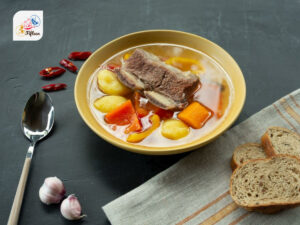
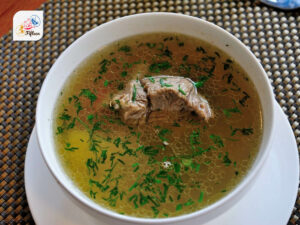
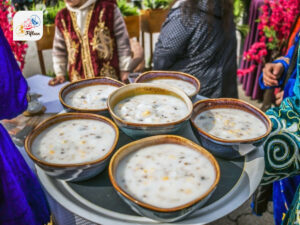
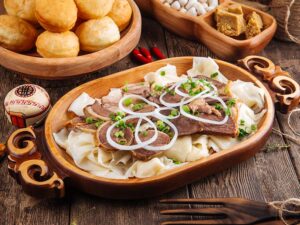
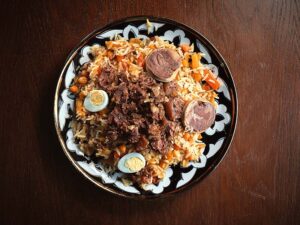
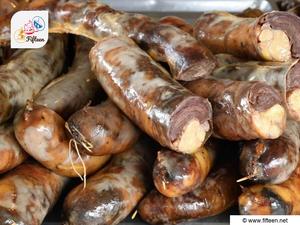
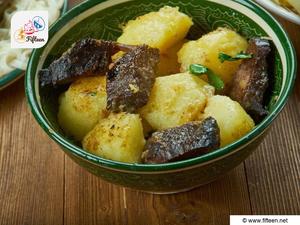
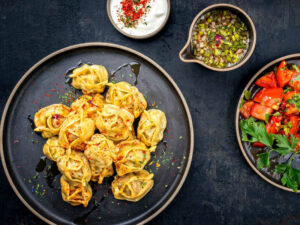
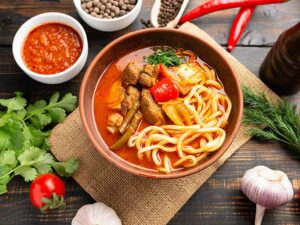
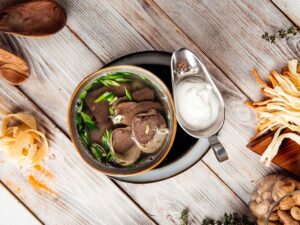
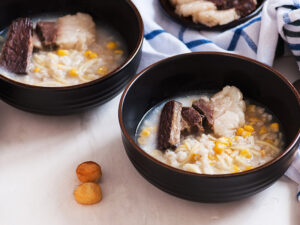


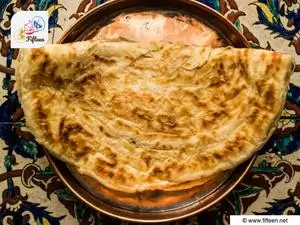

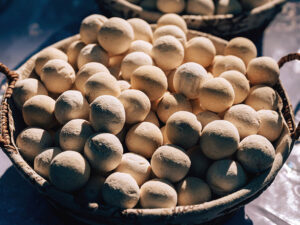
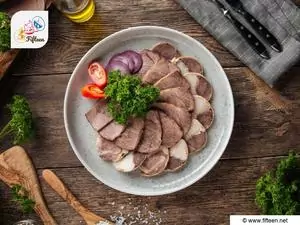
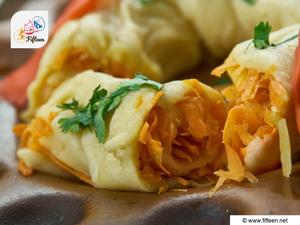
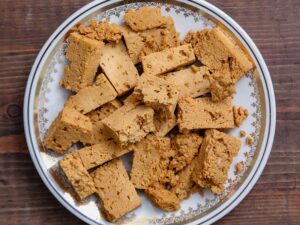
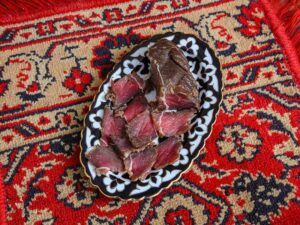
Jamie Scott
Editor in Chief, Senior Content Writer
Expertise
Home Cooking, Meal Planning, Recipe Development, Baking and Pastry, Food Editor, Cooking-video Maker, Western Food Evaluation Expert
Education
Le Cordon Bleu College of Culinary Arts
Local Community College, New York, NY
Jamie Scott is a skilled culinary expert and content creator specializing in Western cuisine. With over 15 years in the culinary field and formal training from Le Cordon Bleu, Paris, Jamie deeply understands how to blend nutrition with delicious flavors. His passion for cooking matches his commitment to making healthy eating accessible and enjoyable.
On Fifteen.net, Jamie brings a fresh perspective to classic dishes and beverages, offering readers insightful recipes, cooking tips, and a fresh view on meal planning that emphasizes taste, health, and simplicity.